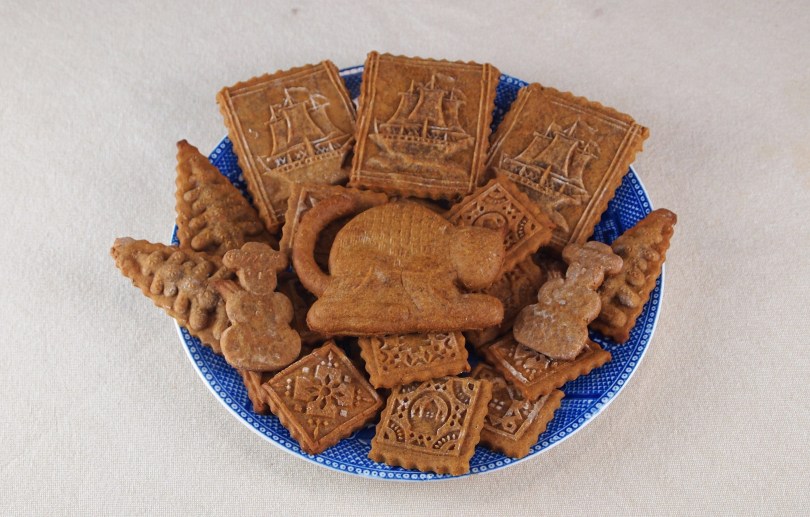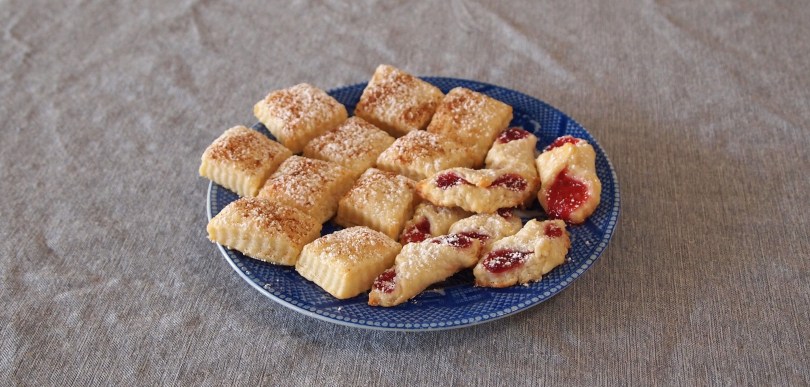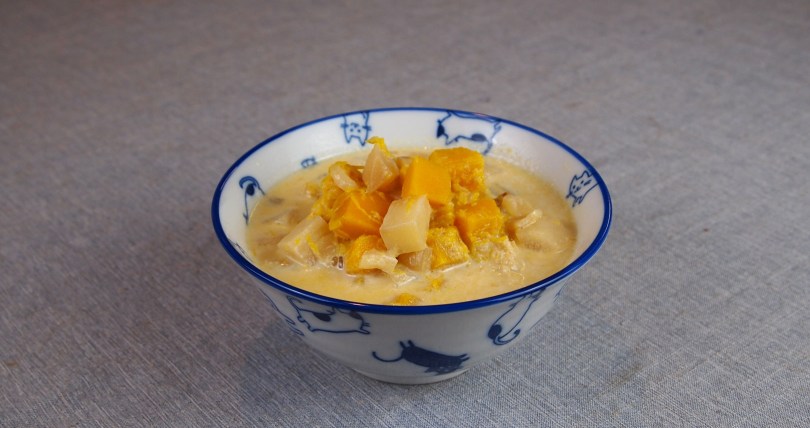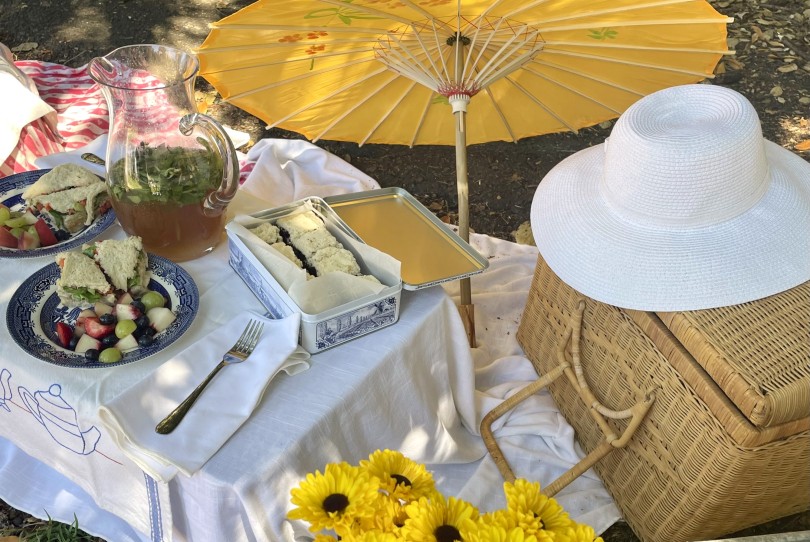I’m always fascinated by recipes that pop up over and over again throughout different cookbooks. Early cookbook authors copied from one another extensively, frequently reprinting recipes from other cookbooks word-for-word or with only a few minor alterations. The copied recipes are almost never attributed to their original authors, a practice that would be considered plagiarism today but was common at the time. I’ve found this exact gingerbread recipe in three 18th and 19th century cookbooks so far, and wouldn’t be surprised if it turns up in more.
Read More »









